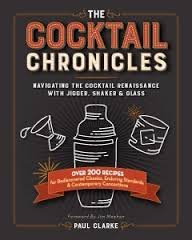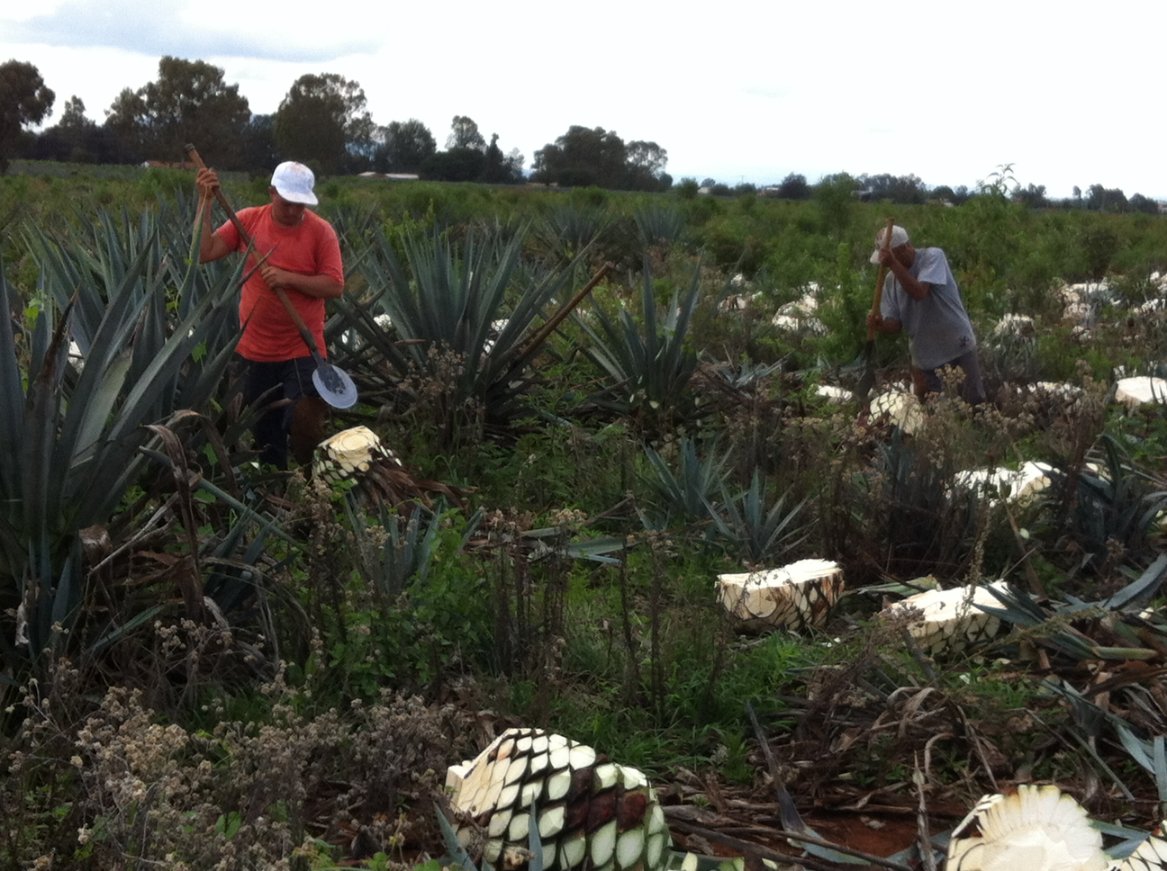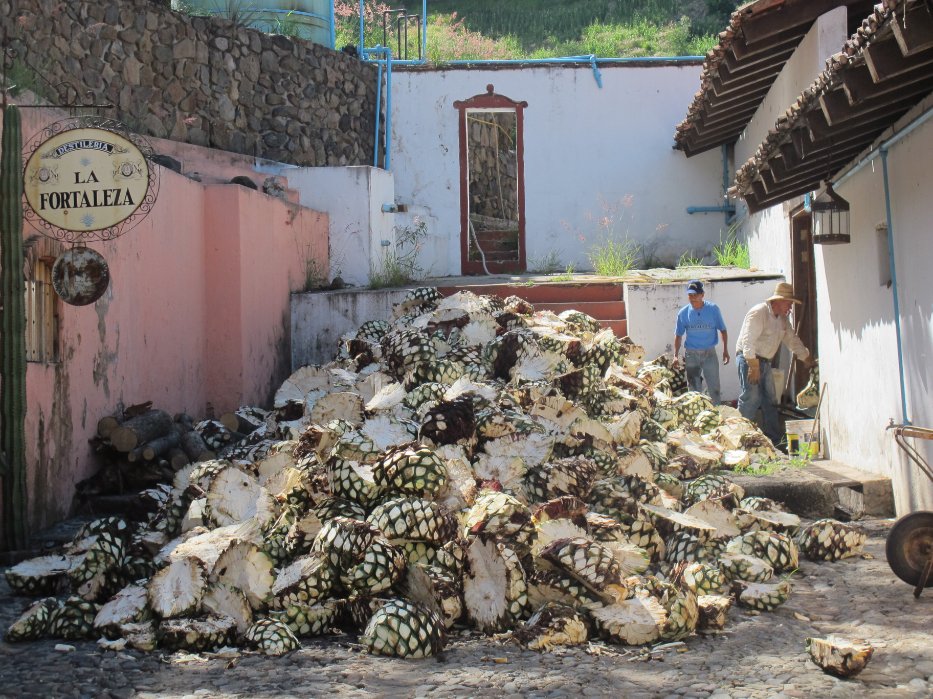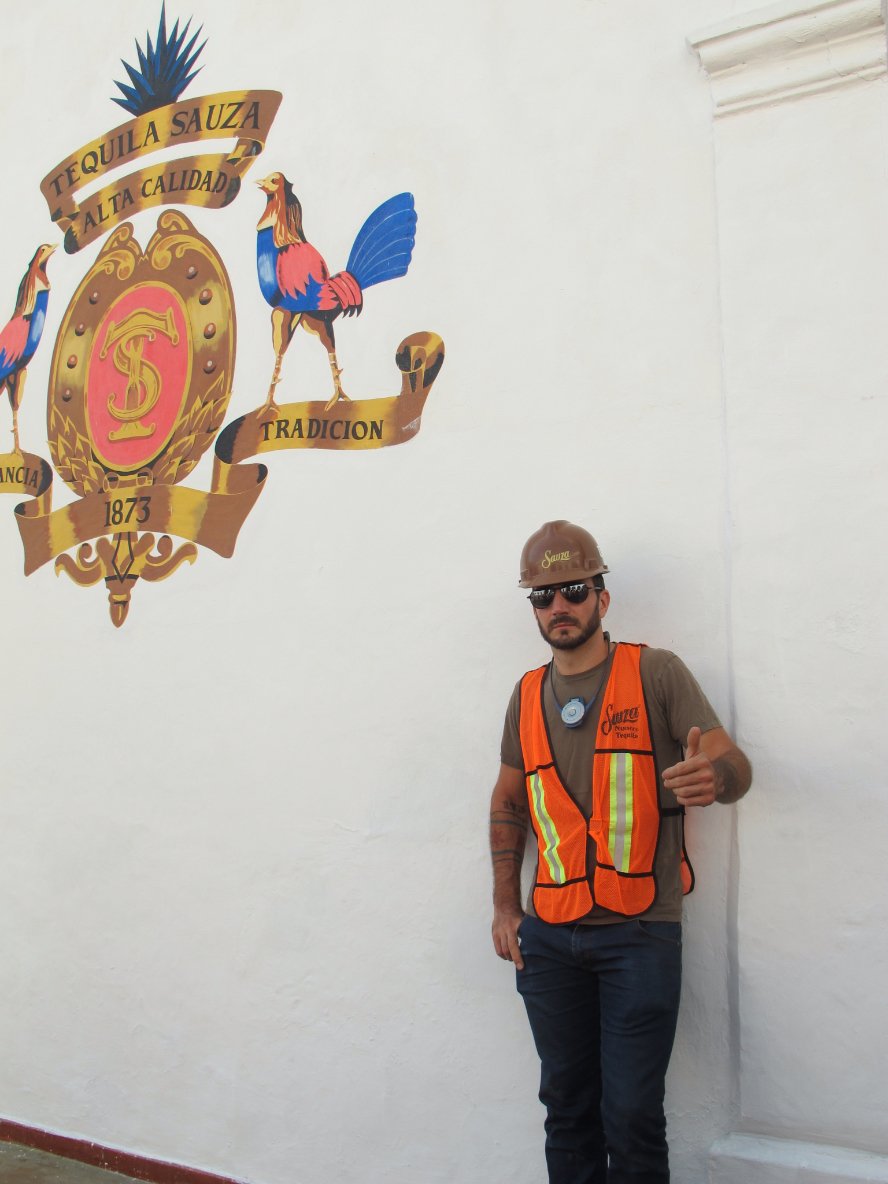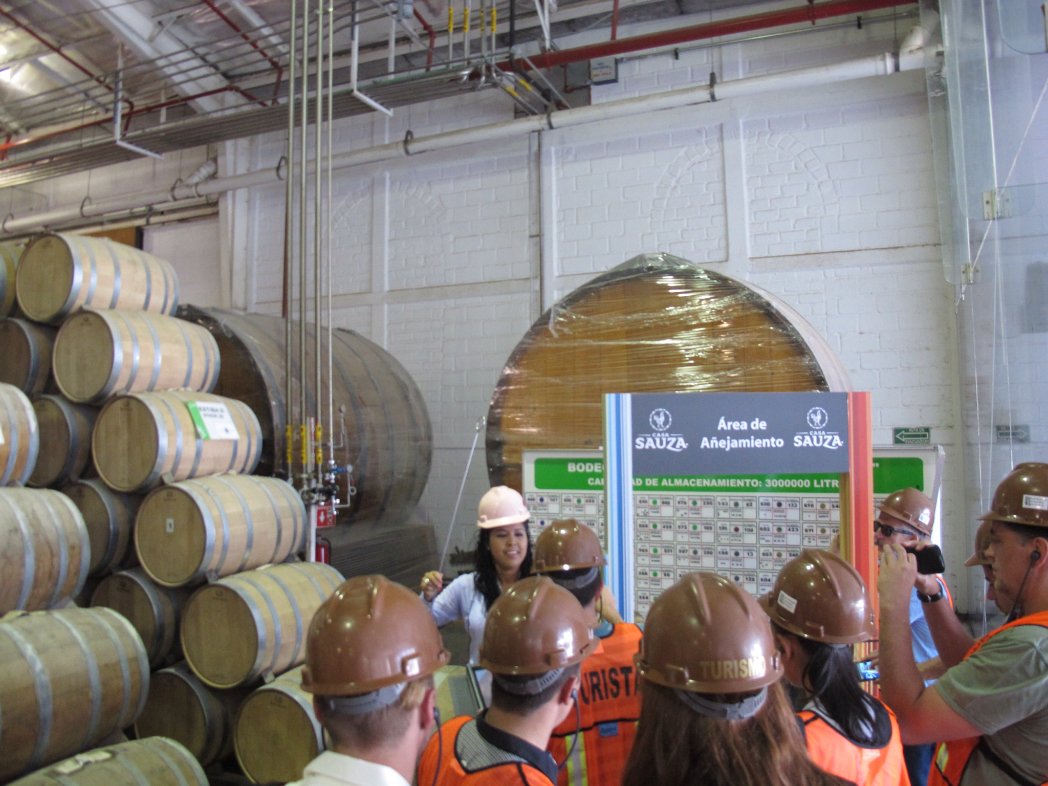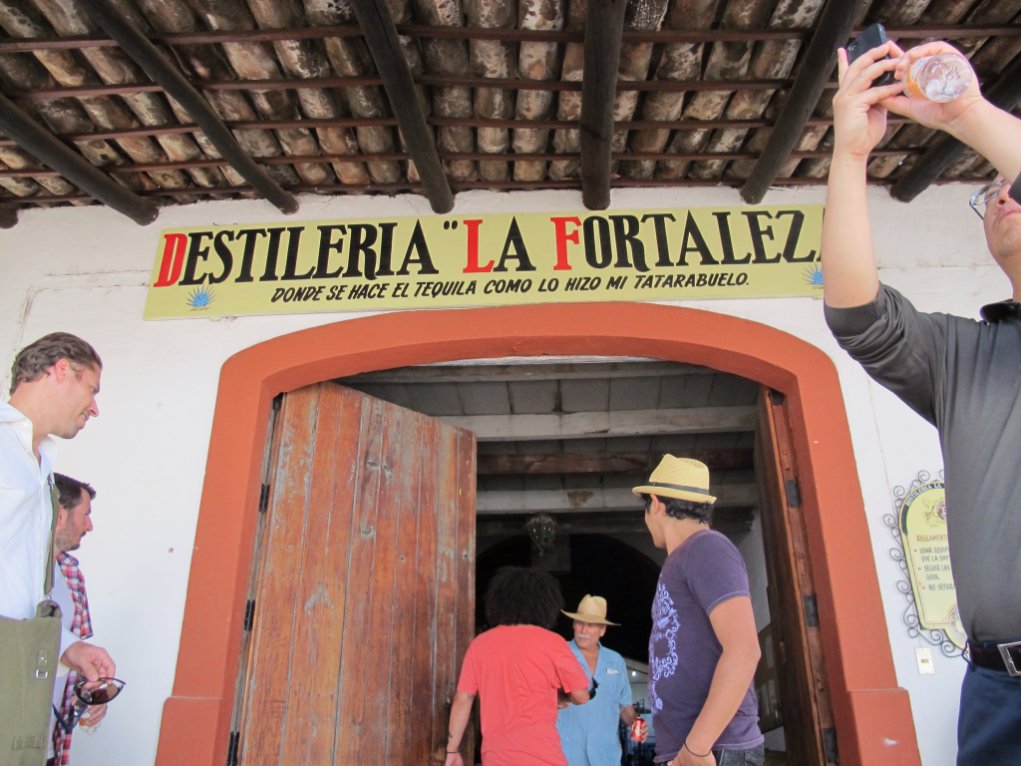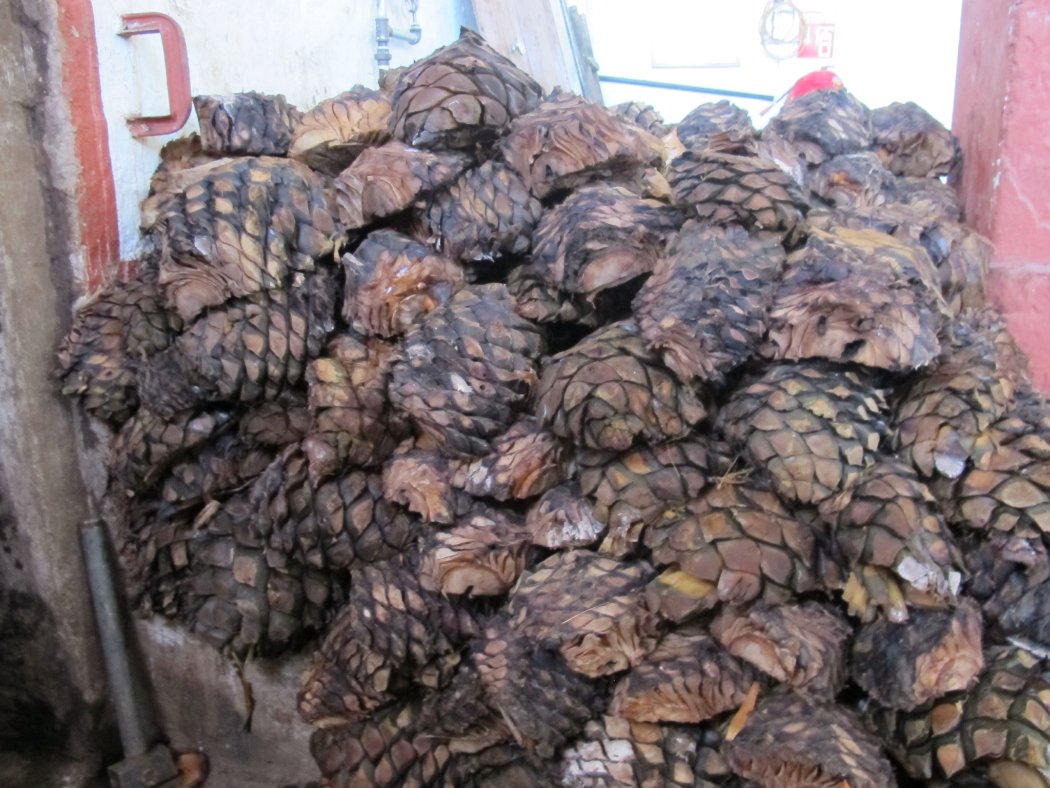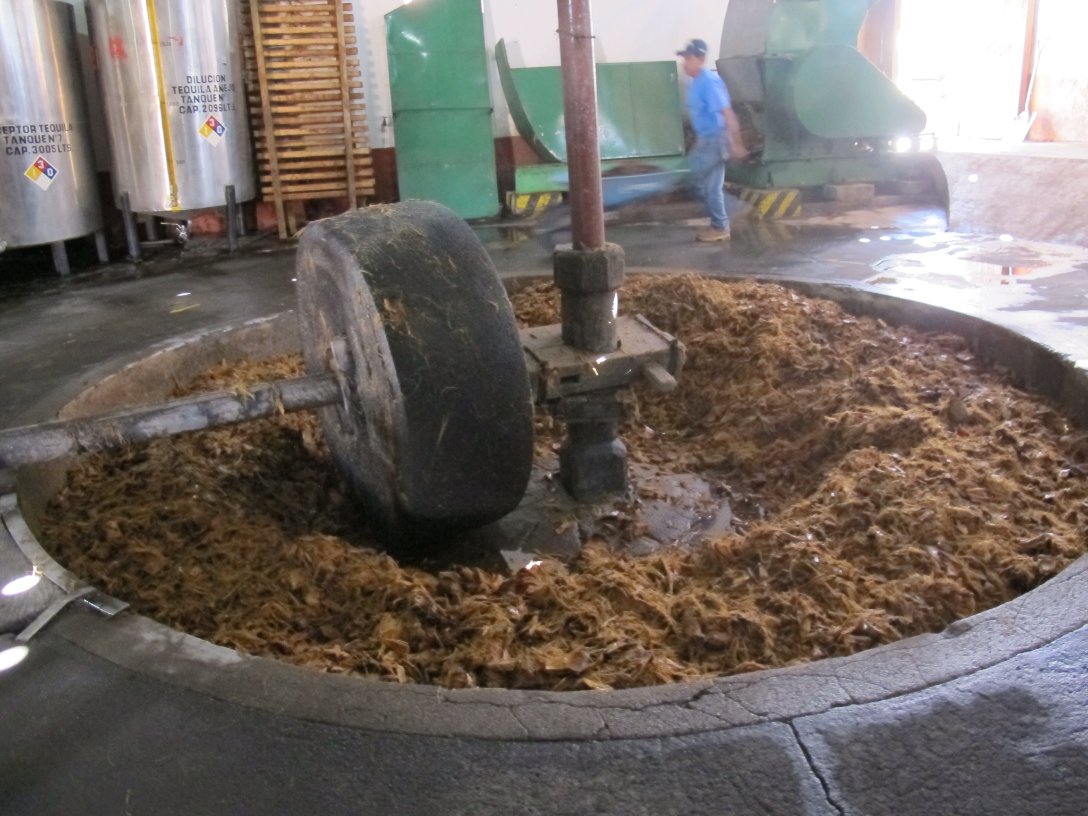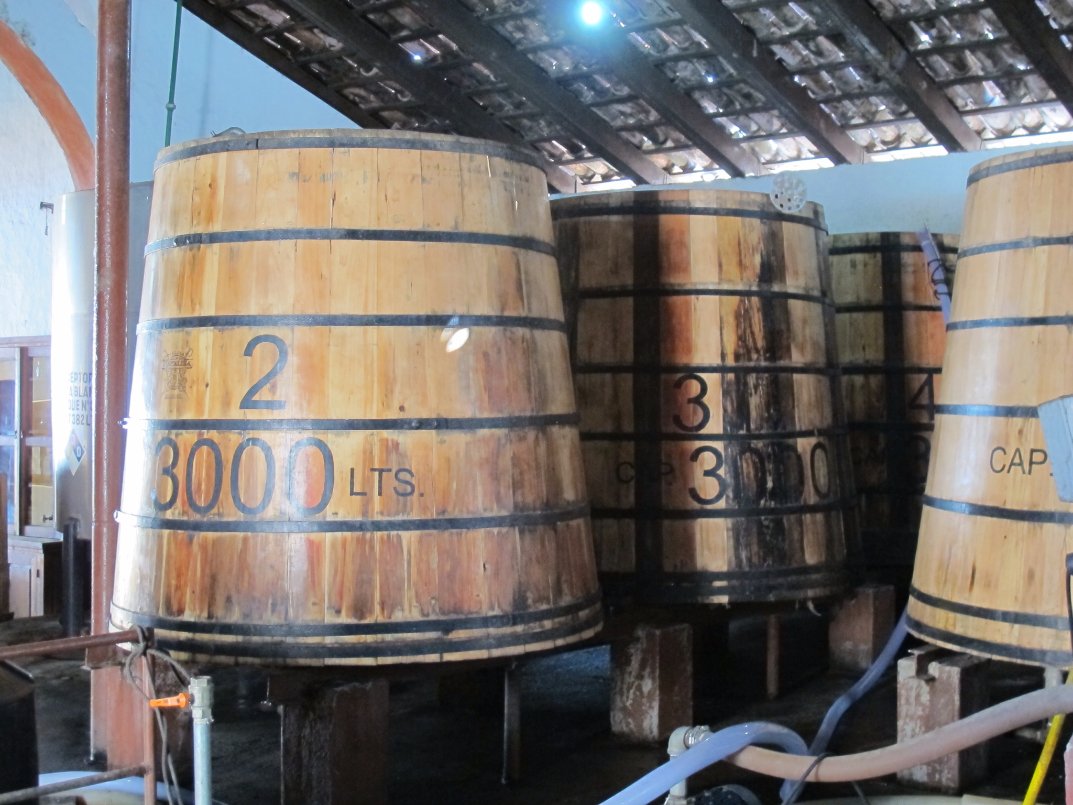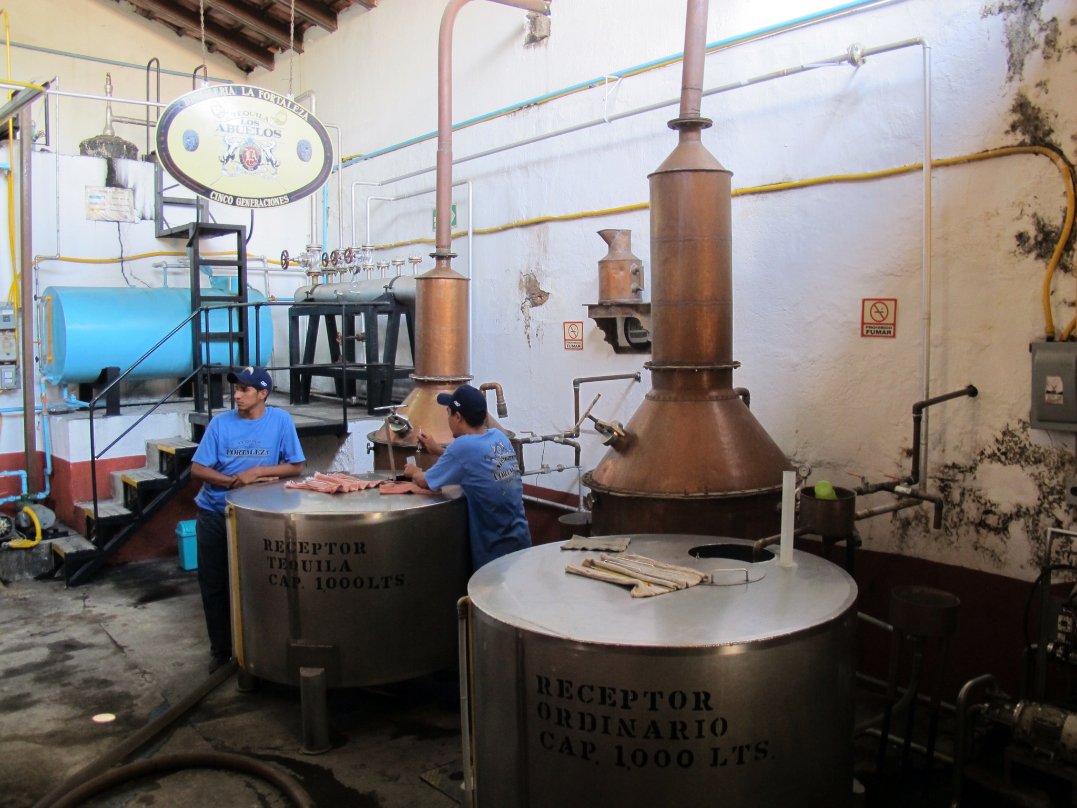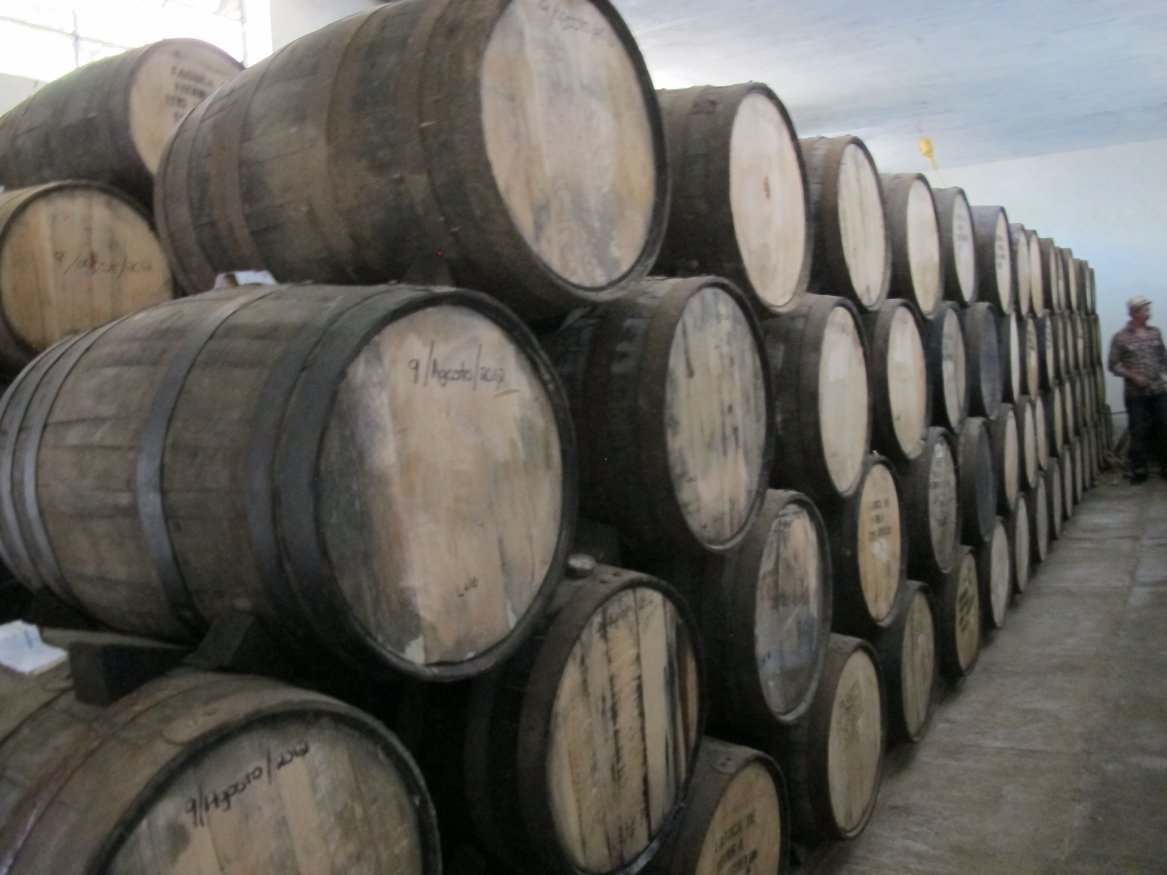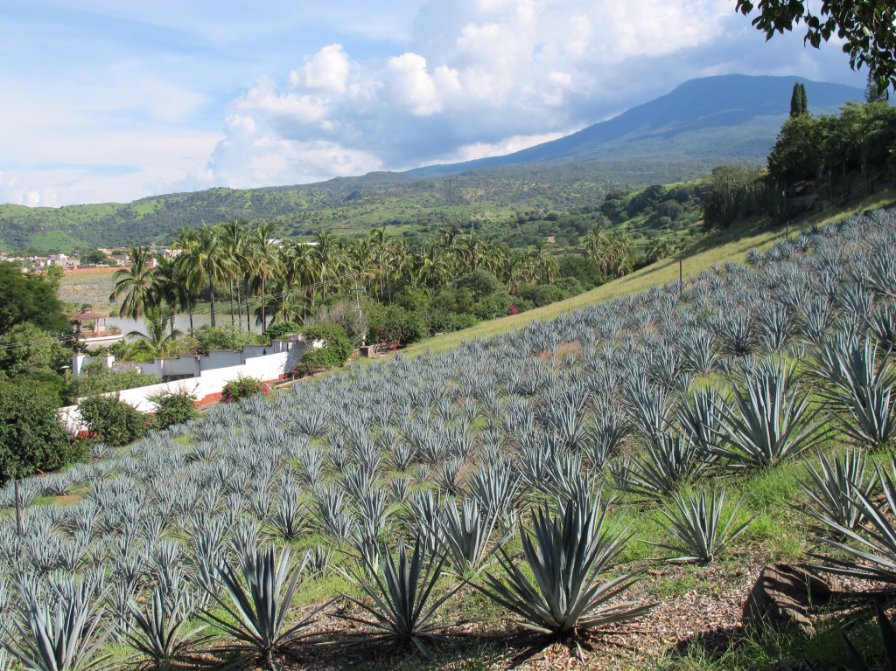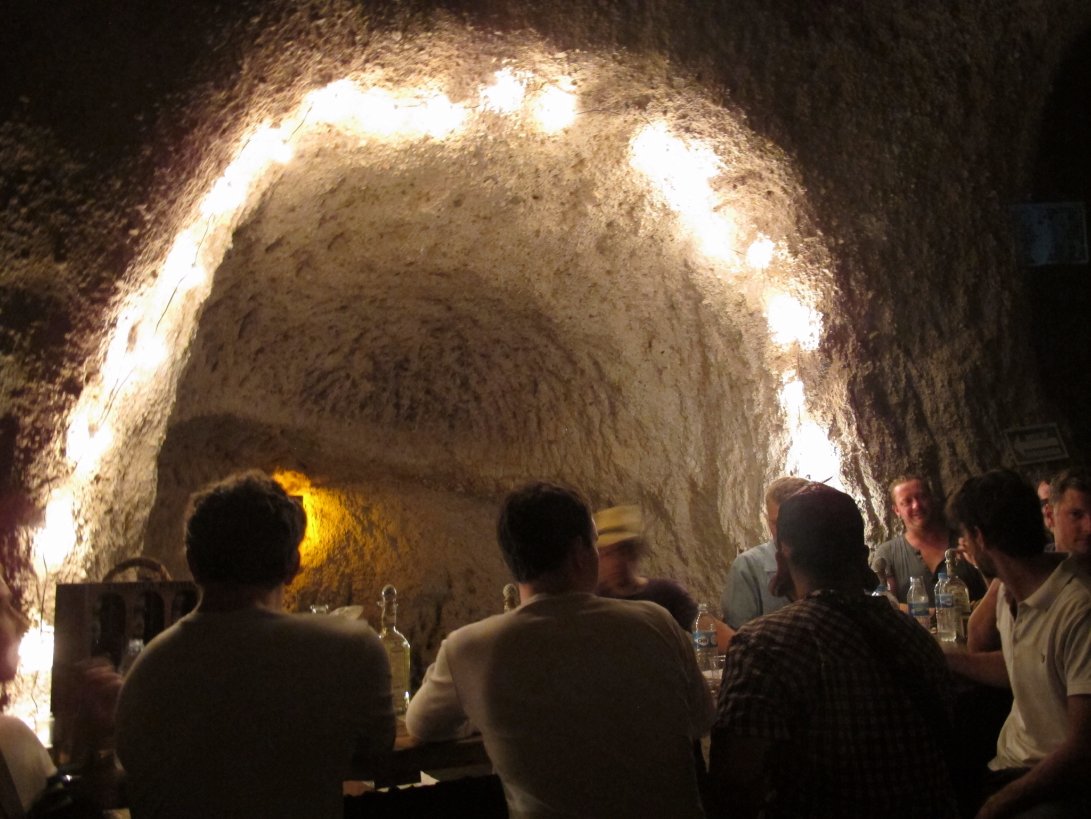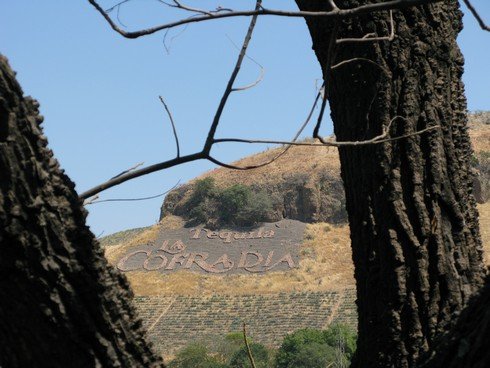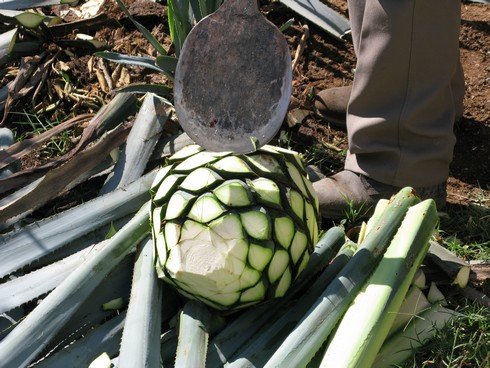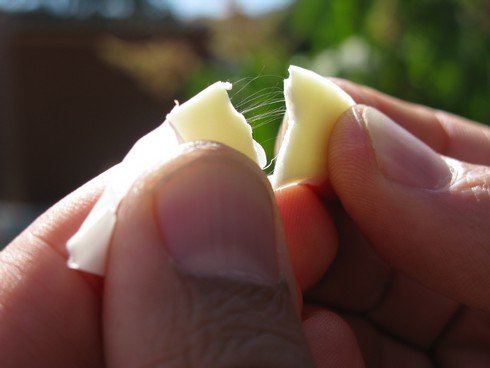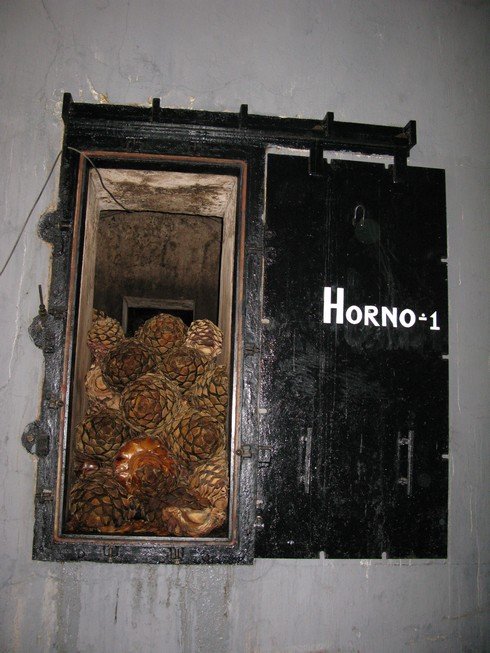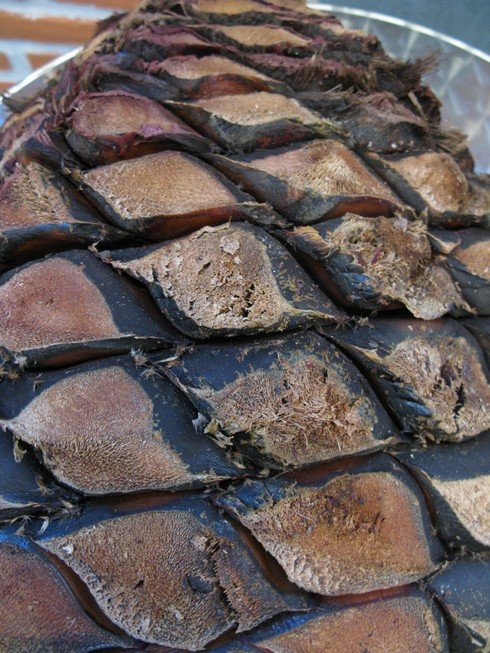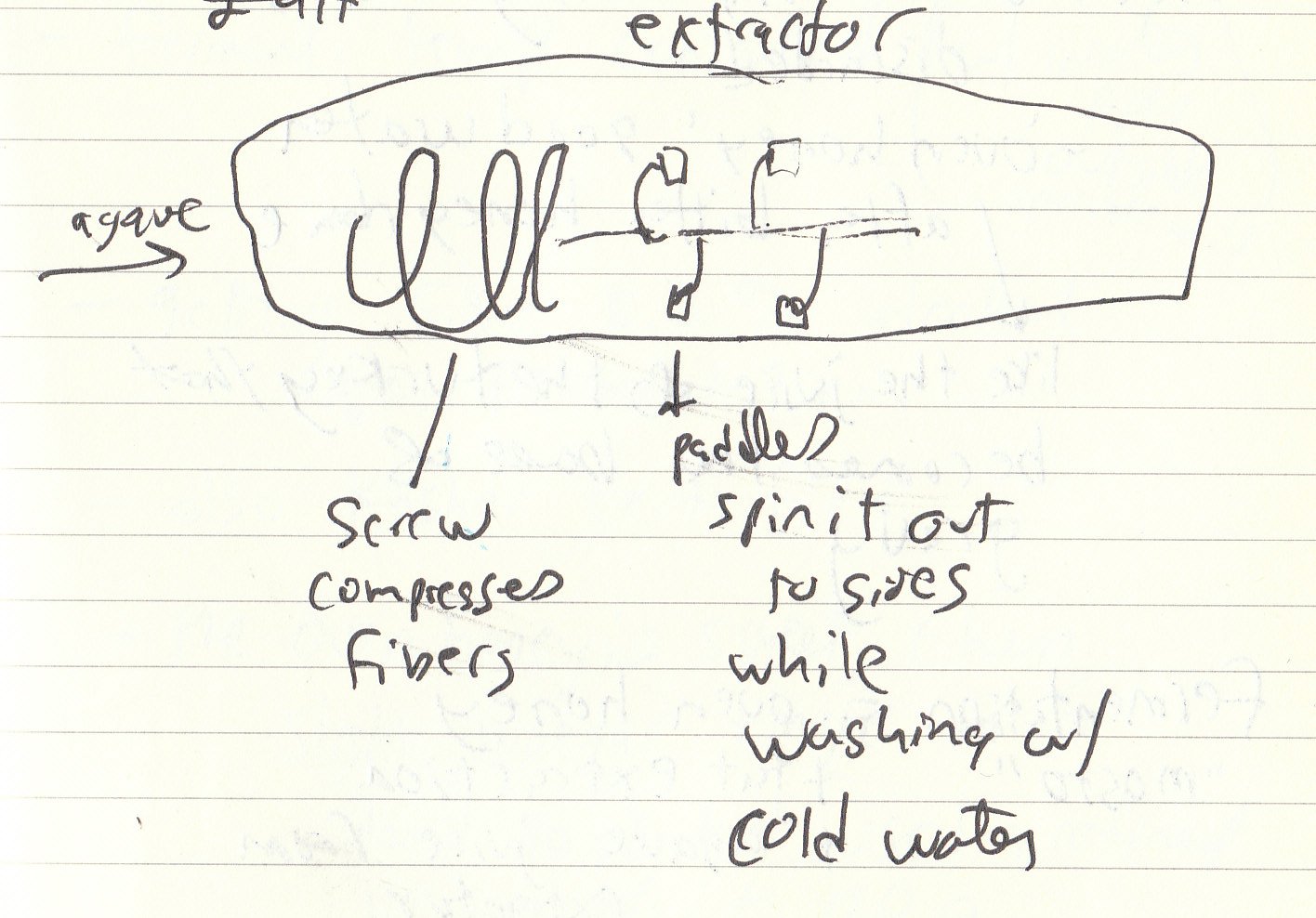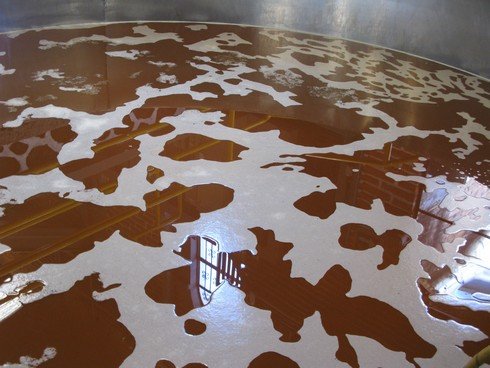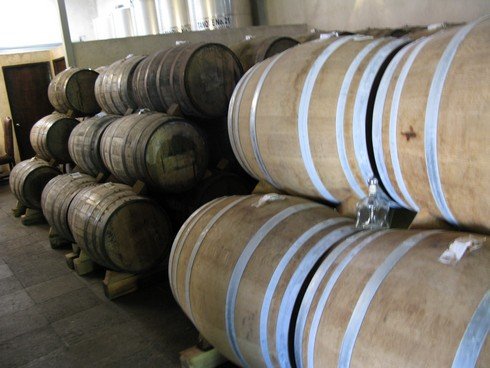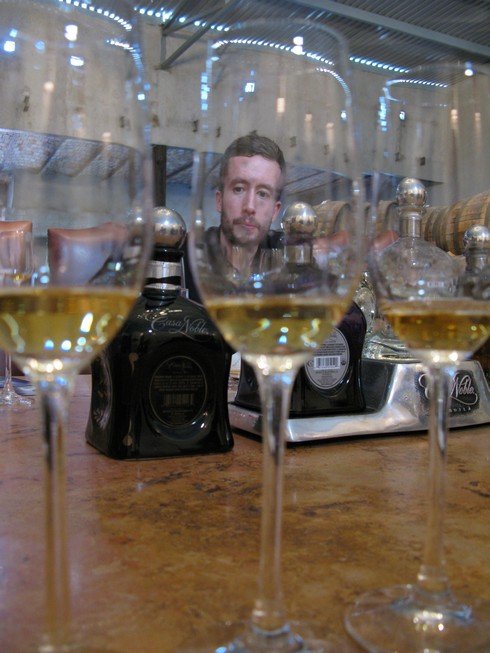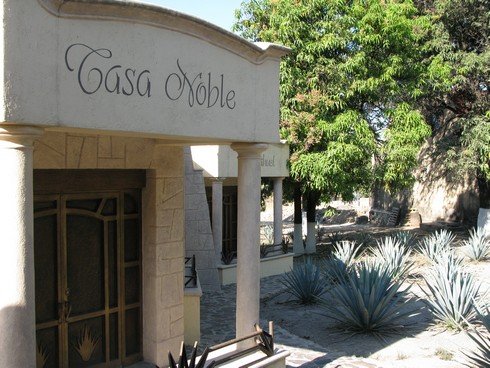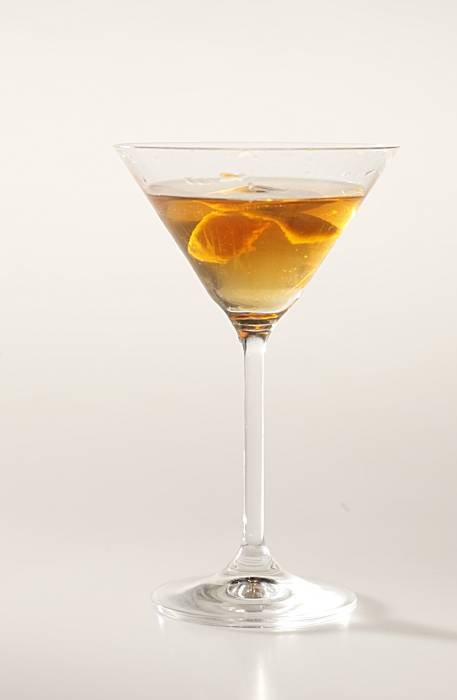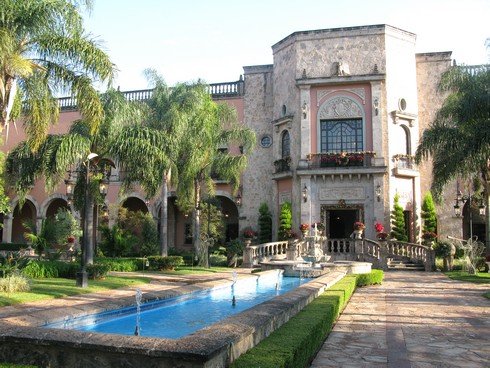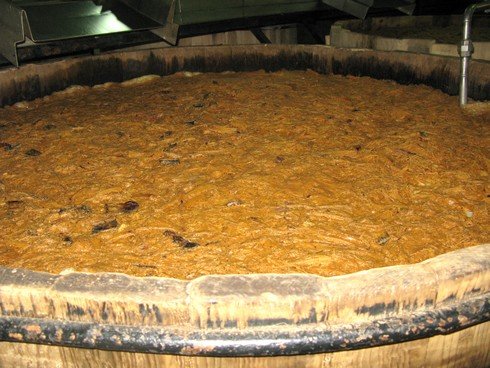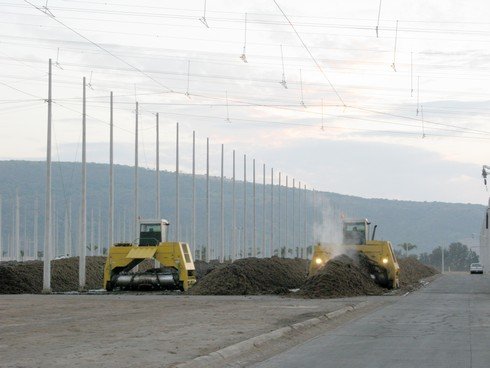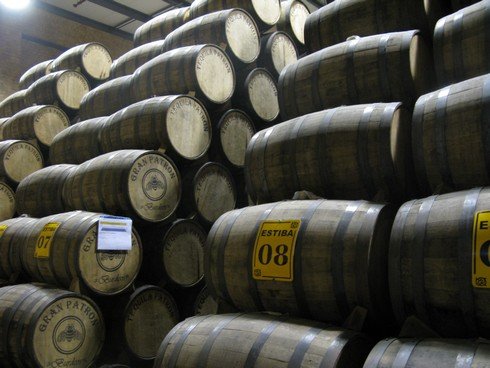Throughout the year I post new drink books to Alcademics, because I love drinking and books. Below is all of them put together so that you can make your holiday wish list for yourself or see them all together to pick presents for friends and family.
Know of a book I missed? Let me know and I'll add it.
Culture and Fun
 You Suck At Drinking: Being a Complete Guide to Drinking for Any and All Situations in Your Life, Including But Not Limited to Office Holiday Parties, Weddings, Breakups and Other Sad Times, Outdoor Chores Like Deck-building, and While in Public, Legally and Illegally By Matthew Latkiewicz
You Suck At Drinking: Being a Complete Guide to Drinking for Any and All Situations in Your Life, Including But Not Limited to Office Holiday Parties, Weddings, Breakups and Other Sad Times, Outdoor Chores Like Deck-building, and While in Public, Legally and Illegally By Matthew Latkiewicz
Toasts: The Perfect Words to Celebrate Every Occasion By June Cotner and Nancy Tupper Ling
Party Like A President: True Tales of Inebriation, Lechery, and Mischief from the Oval Office By Brian Abrams
The Field Guide to Drinking in America By Niki Ganong
You Deserve a Drink: Boozy Misadventures and Tales of Debauchery by Mamrie Hart
A Visual Guide to Drink by Pop Chart Lab: Ben Gibson, Patrick Mulligan
Vintage Reprints
Hoffman House Bartender's Guide By Charley Mahoney
The Ideal Bartender By Tom Bullock
W. C. Whitfield's Mixed Drinks and Cocktails: An Illustrated, Old-School Bartender's Guide by W. C. Whitfield (Author), Tad Shell (Illustrator), Joaquín Simó (Foreword)
Shaking Up Prohibition in New Orleans: Authentic Vintage Cocktails from A to Z
By Olive Leonhardt and Hilda Phelps Hammond
Historical Books
Cocktail Noir: From Gangsters and Gin Joints to Gumshoes and Gimlets by Scott Deitche
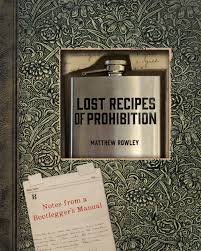 Lost Recipes of Prohibition: Notes from a Bootlegger’s Manual by Matthew Rowley
Lost Recipes of Prohibition: Notes from a Bootlegger’s Manual by Matthew Rowley
To Have and Have Another Revised Edition: A Hemingway Cocktail Companion by Philip Greene
Gone with the Gin: Cocktails with a Hollywood Twist by Tim Federle
Cocktails of the Movies: An Illustrated Guide to Cinematic Mixology by Will Francis , Stacey Marsh
Imbibe! From Absinthe Cocktail to Whiskey Smash, a Salute in Stories and Drinks to “Professor” Jerry Thomas, Pioneer of the American Bar (Updated and Revised Edition)
By David Wondrich
Contraband Cocktails: How America Drank When It Wasn't Supposed To by Paul Dickson
The Cocktail Chronicles: Navigating the Cocktail Renaissance with Jigger, Shaker & Glass by Paul Clarke
Drinking the Devil's Acre: A Love Letter from San Francisco and her Cocktails by Duggan McDonnell
Ten Cocktails: The Art of Convivial Drinking by Alice Lascelles
Cocktails from Specific Bars
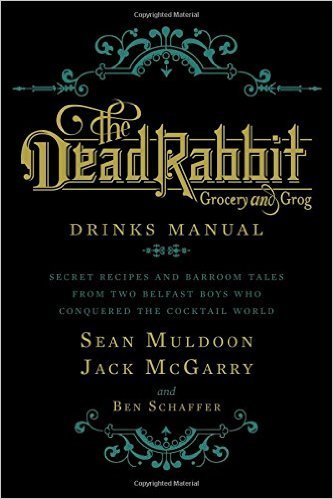 The Dead Rabbit Drinks Manual: Secret Recipes and Barroom Tales from Two Belfast Boys Who Conquered the Cocktail World by Sean Muldoon, Jack McGarry, Ben Schaffer
The Dead Rabbit Drinks Manual: Secret Recipes and Barroom Tales from Two Belfast Boys Who Conquered the Cocktail World by Sean Muldoon, Jack McGarry, Ben Schaffer
Experimental Cocktail Club: Paris, London & New York by Romée de Goriainoff, Pierre-Charles Cros, Olivier Bon, Xavier Padavoni
Cuban Cocktails: 100 Classic and Modern Drinks by Ravi DeRossi, Jane Danger, Alla Lapushchik
Tujague's Cookbook: Creole Recipes and Lore in the New Orleans Grand Tradition by Poppy Tooker
Cocktails for Dingdongs Vol. 1. by Dustin Drankiewicz and Alexandra Ensign
Themed Cocktail Books
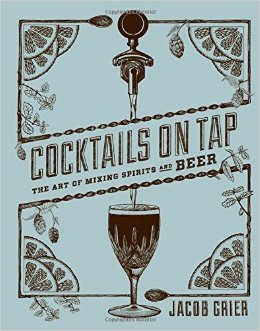 Summer Cocktails: Margaritas, Mint Juleps, Punches, Party Snacks, and More! By MarТa del Mar Sacasa and Tara Striano
Summer Cocktails: Margaritas, Mint Juleps, Punches, Party Snacks, and More! By MarТa del Mar Sacasa and Tara Striano
The Negroni: Drinking to La Dolce Vita, with Recipes & Lore By Gary Regan
Cocktails on Tap: The Art of Mixing Spirits and Beer By Jacob Grier
The Tippling Bros. A Lime and a Shaker: Discovering Mexican-Inspired Cocktails by by Tad Carducci & Paul Tanguay with Alia Akkam
Classic Cocktails by Salvatore Calabrese
Tea Cocktails: A Mixologist's Guide to Legendary Tea-Infused Cocktails by Abigail R. Gehring
The Mason Jar Cocktail Companion by Shane Carley
Tiki Drinks: Tropical Cocktails for the Modern Bar by Robert Sharp and Nicole Weston
The Manhattan Cocktail: A Modern Guide to the Whiskey Classic by Albert W. A. Schmid
Paris Cocktails: An Elegant Collection of Over 100 Recipes Inspired by the City of Light by Doni Belau
Wild Drinks & Cocktails: Handcrafted Squashes, Shrubs, Switchels, Tonics, and Infusions to Mix at Home by Emily Han
The Periodic Table of COCKTAILS by Emma Stokes
Forager's Cocktails: Botanical Mixology with Fresh, Natural Ingredients by Amy Zavatto
Bitters and Shrub Syrup Cocktails: Restorative Vintage Cocktails, Mocktails, and Elixirs by Warren Bobrow
The Essential New York Times Book of Cocktails by Steve Reddicliffe
Good Things to Drink with Mr Lyan and Friends by Ryan Chetiyawardana
The Craft Cocktail Party: Delicious Drinks for Every Occasion by Julie Reiner
Whisky and Whiskey
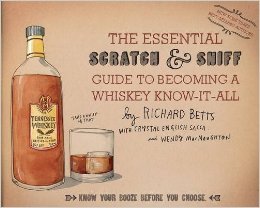 Whiskey: What to Drink Next: Craft Whiskeys, Classic Flavors, New Distilleries, Future Trends By Dominic Roskrow
Whiskey: What to Drink Next: Craft Whiskeys, Classic Flavors, New Distilleries, Future Trends By Dominic Roskrow
Bourbon Curious: A Simple Tasting Guide for the Savvy Drinker by Fred Minnick
Bourbon Empire: The Past and Future of America’s Whiskey by Reid Mitenbuler
Spirit of Place: Scotland's Great Whisky Distilleries by Charles MacLean
The Essential Scratch & Sniff Guide to Becoming a Whiskey Know-It-All: Know Your Booze Before You Choose by Richard Betts
The Birth of Bourbon: A Photographic Tour of Early Distilleries by Carol Peachee
American Whiskey, Bourbon & Rye (New Edition): A Guide to the Nation's Favorite Spirit by Clay Risen
Other Spirits
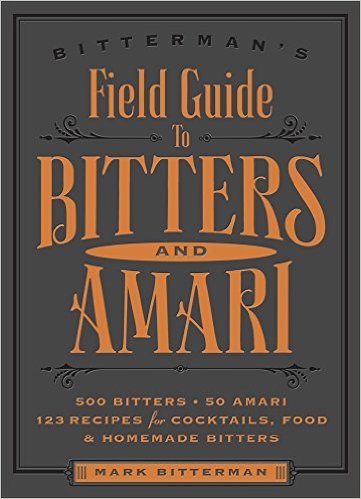 Bitterman's Field Guide to Bitters & Amari: 500 Bitters; 50 Amari; 123 Recipes for Cocktails, Food & Homemade Bitters by Mark Bitterman
Bitterman's Field Guide to Bitters & Amari: 500 Bitters; 50 Amari; 123 Recipes for Cocktails, Food & Homemade Bitters by Mark Bitterman
How the Gringos Stole Tequila: The Modern Age of Mexico's Most Traditional Spirit By Chantal Martineau
Divided Spirits: Tequila, Mezcal, and the Politics of Production by Sarah Bowen
Gin: The Manual by Dave Broom
Vermouth: The Revival of the Spirit That Created America’s Cocktail Culture by Adam Ford
Branca: A Spirited Italian Icon by Niccolo Branca di Romanico
Science-Minded
Cognitive Cooking with Chef Watson: Recipes for Innovation from IBM & the Institute of Culinary Education
Hidden Scents: The Language of Smell in the Age of Approximation by Allen Barkkume
Miscellany
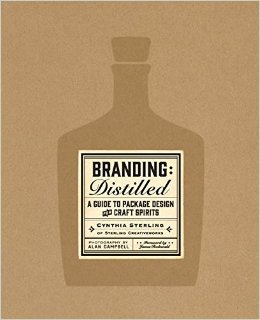 Fika: The Art of the Swedish Coffee Break with Recipes for Pastries, Breads, and other Treats By Anna Brones and Johanna Kindvall
Fika: The Art of the Swedish Coffee Break with Recipes for Pastries, Breads, and other Treats By Anna Brones and Johanna Kindvall
The River Cottage Booze Handbook by John Wright
The Beer Bible by Jeff Alworth
Cider Made Simple: All About Your New Favorite Drink by Jeff Alworth
Discovering the New York Craft Spirits Boom by Heather D. Dolland
Branding: Distilled by Cynthia Sterling
